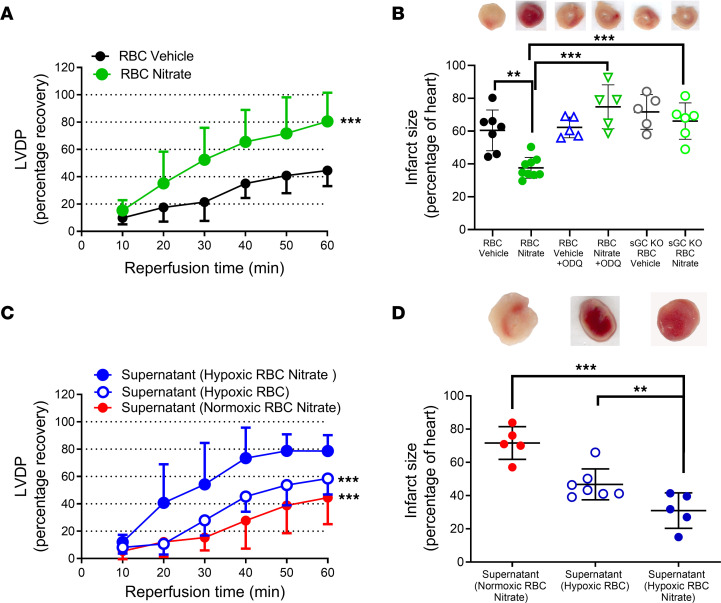Figure 4. RBCs release a cardioprotective factor dependent on sGC following nitrate administration and hypoxia.
Percentage recovery of LVDP during reperfusion (A and C) and infarct size (B and D) following administration of RBCs or RBC supernatant from mice given vehicle or oral nitrate (NO3–) for 4 weeks. (A) LVPD following administration of RBCs from vehicle (n = 7) and nitrate-treated (n = 9) mice. (B) Infarct size following administration of RBCs from vehicle-treated and nitrate-treated WT mice under control conditions (n = 7 and 9, respectively) or following incubation with the sGC inhibitor ODQ (n = 5), and RBCs from vehicle- and nitrate-treated sGC KO mice (n = 5 and 6, respectively). C and D depict effects of supernatant from RBCs from nitrate-treated mice and exposed to normoxia (n = 5) or hypoxia (n = 5), and supernatant from RBCs from vehicle-treated mice and exposed to hypoxia (n = 7). The recovery of LVDP is expressed as percentage of the preischemic level. The infarct size is presented as percentage of the whole heart. Data are presented as mean ± SD. Data points in the Supernatant (Hypoxic RBC) group in D are also shown as open circles in Figures 1B and 2D Supernatant Hypoxic RBC groups. The same overlapping data points in the Supernatant Hypoxic RBC group in C are also included in the Figures 1A and 2C Supernatant Hypoxic RBC groups. **P < 0.01 and ***P < 0.001 denote significant differences to the vehicle group by 2-way ANOVA in A, to supernatant from RBCs from nitrate-treated mice and exposed to hypoxia by 2-way ANOVA followed by Tukey’s multiple comparison test in C, and 1-way ANOVA followed by Tukey’s multiple comparison test in B and D.

